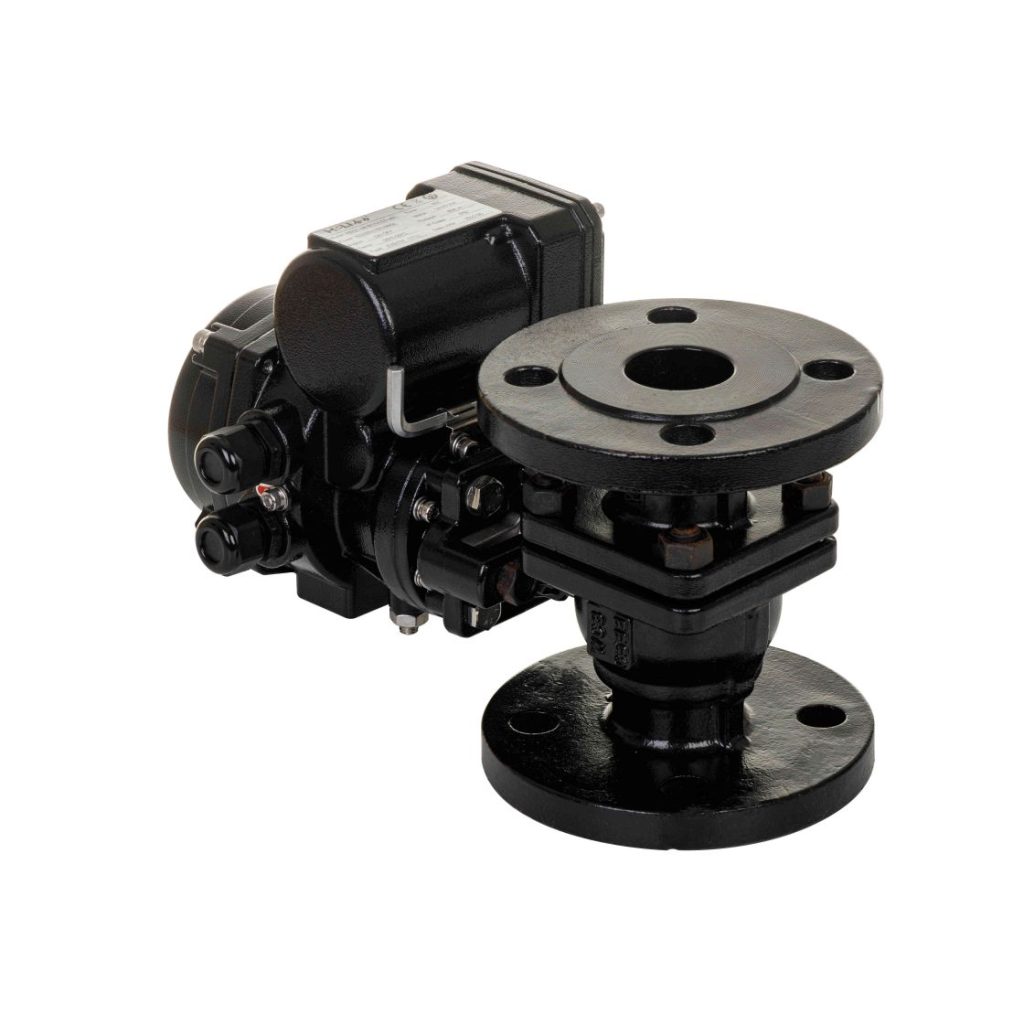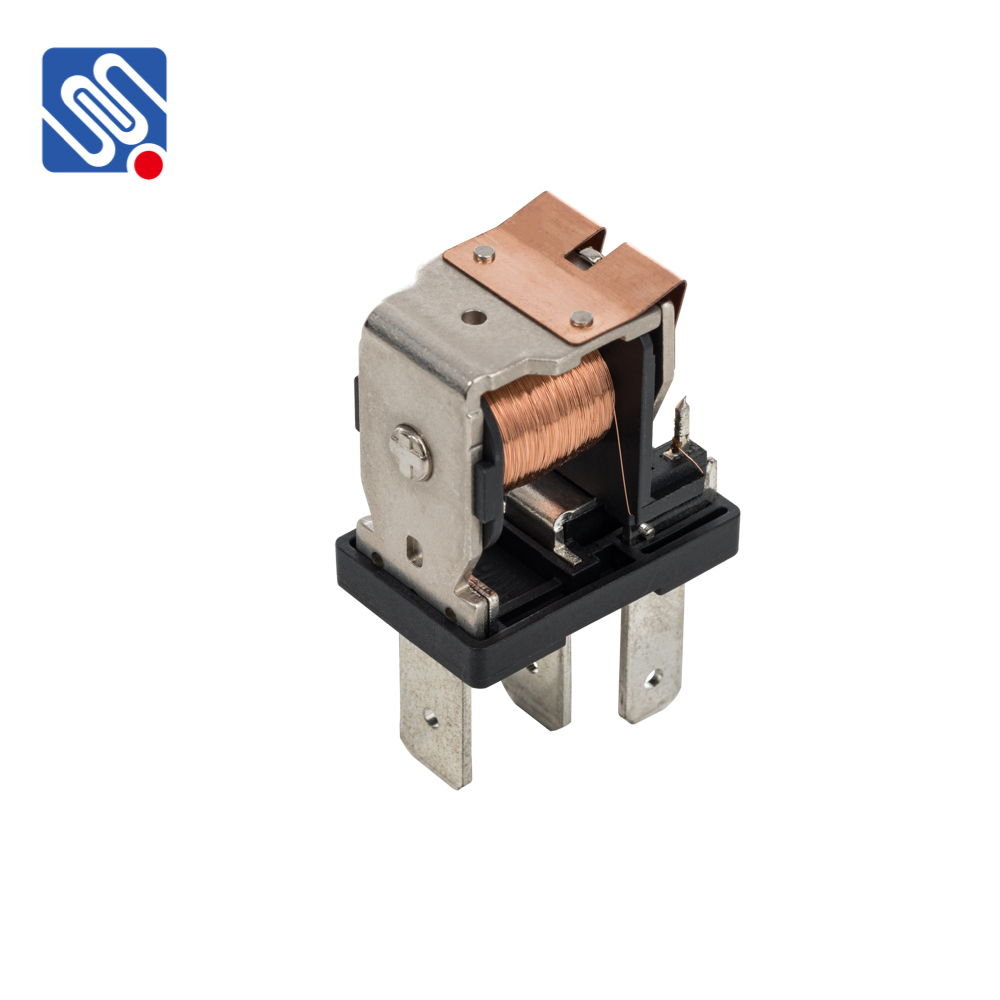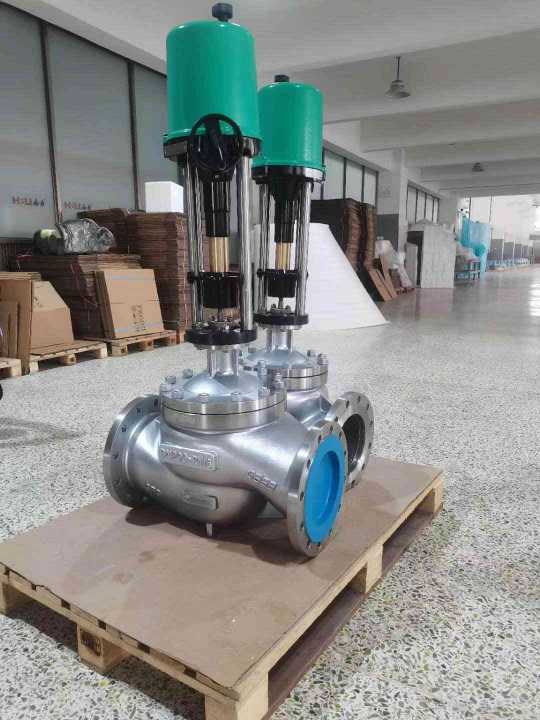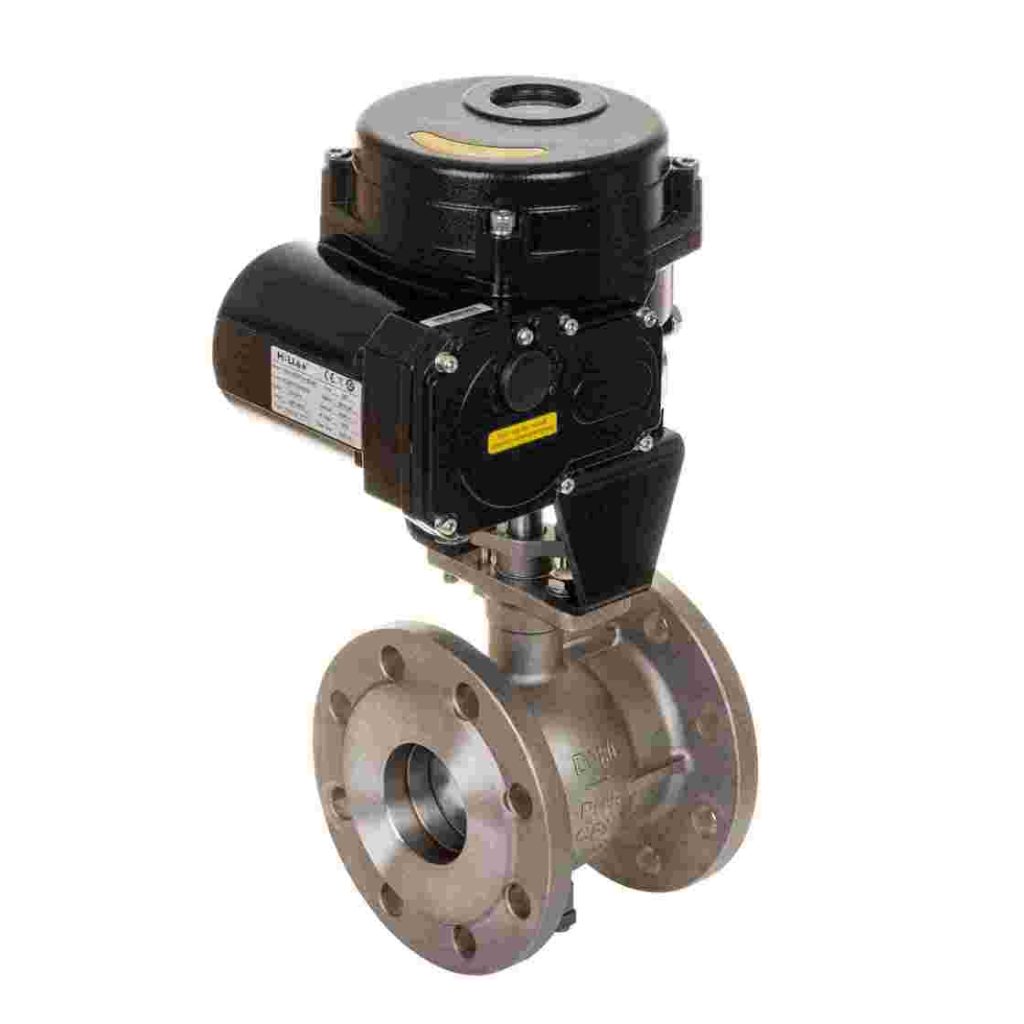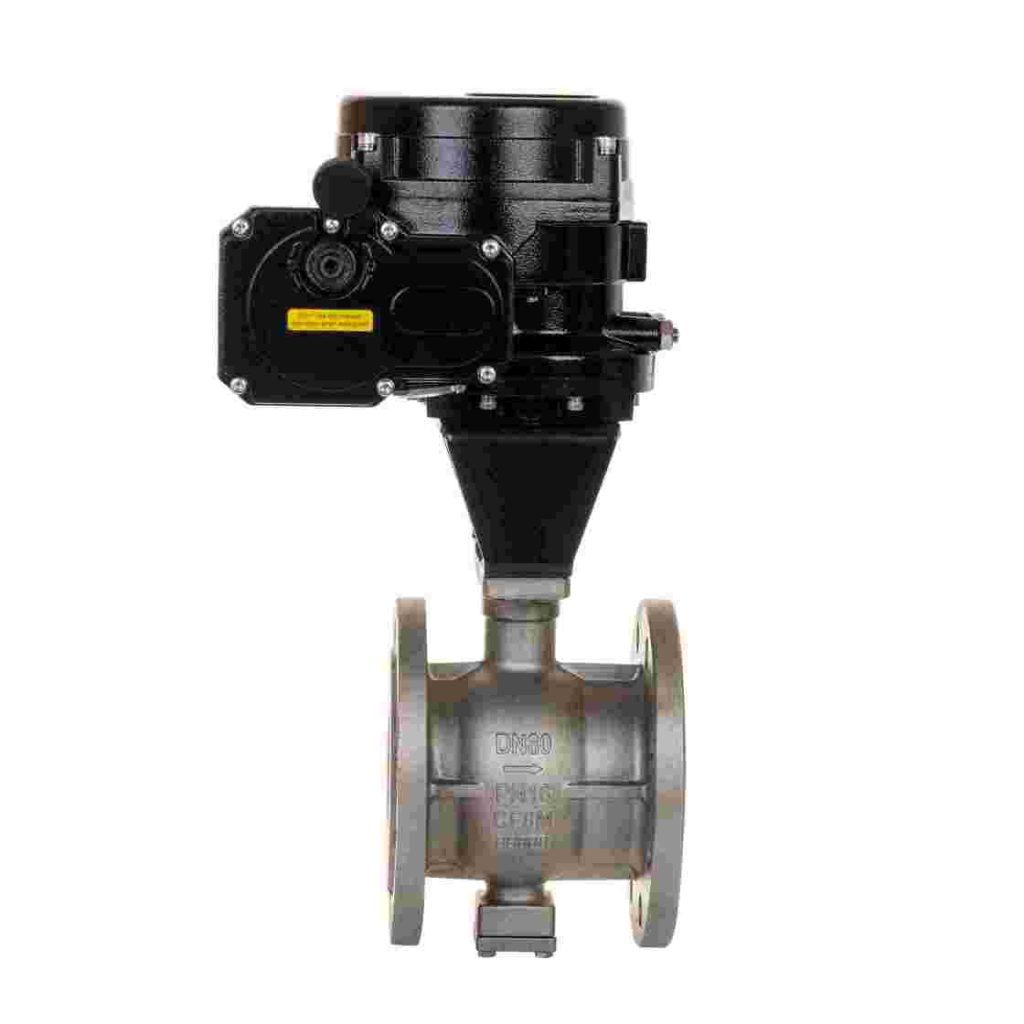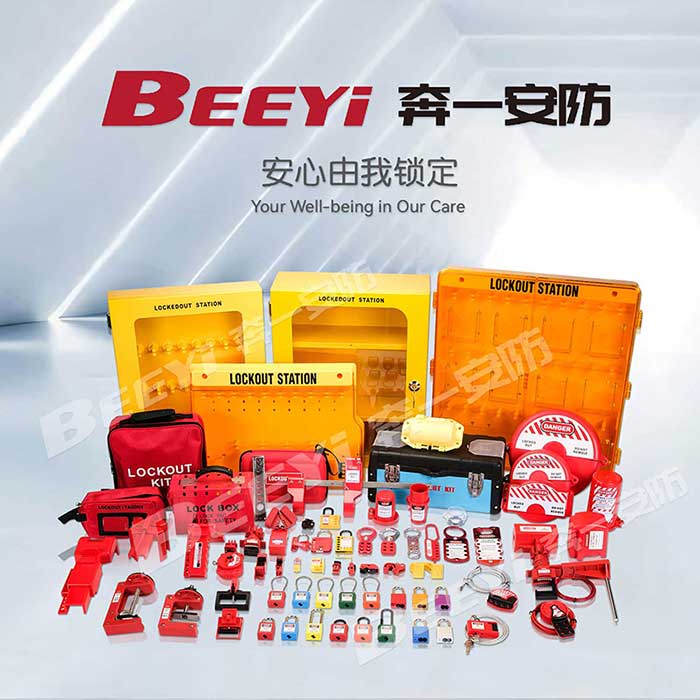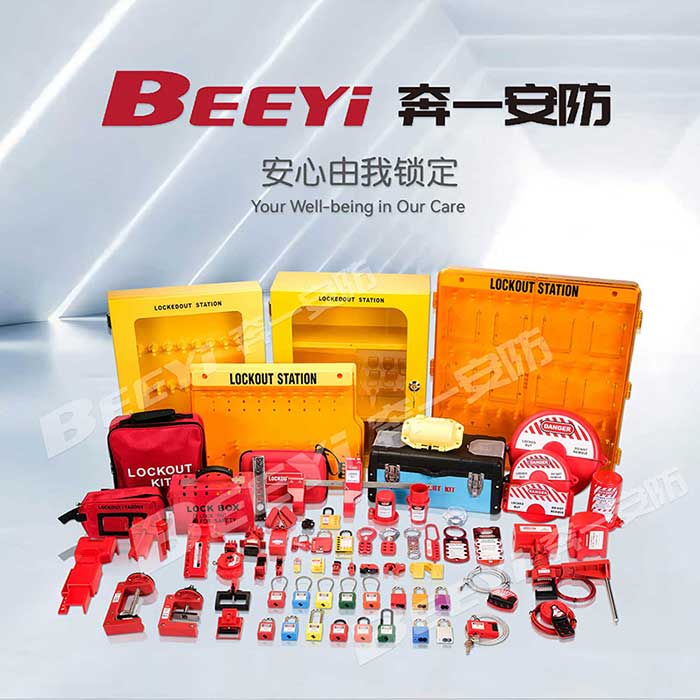In today’s rapidly advancing industrial automation landscape, safety and reliability are paramount. Industrial systems, particularly in sectors such as oil and gas, power plants, and manufacturing, often need to manage complex processes where human intervention is minimal or impractical. In these environments, the safety and integrity of communication systems are crucial. This is where SIL 3 communication relays come into play, providing a high level of safety and reliability in critical safety systems.
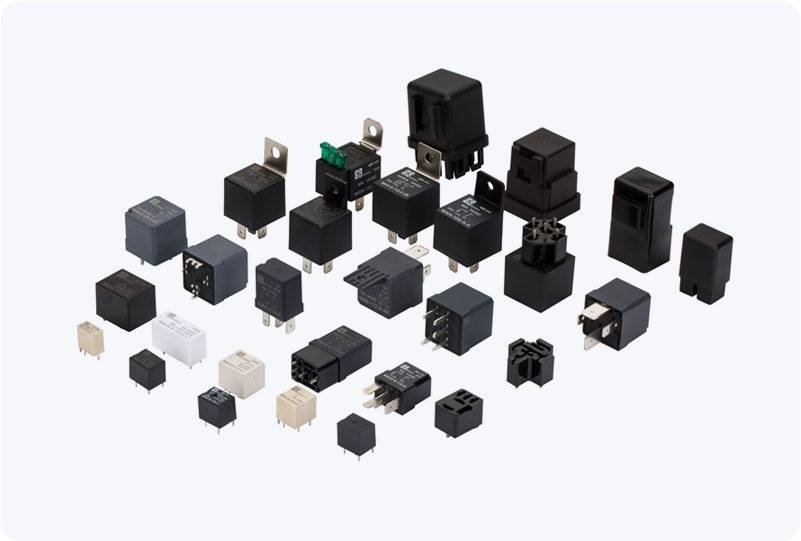
What is SIL 3 Communication Relay? SIL, or Safety Integrity Level, is a measure of the reliability of a system’s safety functions, as defined by international standards such as IEC 61508 and IEC 61511. These standards outline how safety-related systems should be designed to reduce the risk of failure, ensuring that the system operates as intended under normal and fault conditions. SIL 3 is a high level of safety integrity. A SIL 3 system is designed to ensure that the likelihood of failure of a safety function is low enough to prevent unacceptable risks to people, the environment, or equipment. In this context, SIL 3 communication relays are crucial components in industrial safety systems, ensuring that critical data and control signals are transmitted with high reliability and low risk of failure.


